Constanza Macras reflects on her past and future, drawing on her rich artistic experience
Interview: Virve Sutinen
Interview: Virve Sutinen
Virve Sutinen: You have a huge body of artistic works: Is it possible for you to say which of your works you’re most proud of? Or do you have your own favourite? Which one taught you the most?
Constanza Macras: It’s hard to talk about a favourite piece, because every time I make a piece I love it so much: the cast, the work and the journey it takes me through … I look at my work from different periods from the ‘old’ Dorkypark team – the time I worked with the same people from 2002 till 2008, on “Back to the Present” (2003), for example. In between I created “Hell on Earth” (2008). I have been working with the ‘new’ Dorkypark company for the last 10 years. In that time, I have created “The Past” and “The Pose”, among others. From the pieces I did abroad: “The Ghosts” and “Hillbrowfication” (in collaboration with Lisi Estaras). I feel I learned a lot in “Open for Everything” and “Hillbrowfication”. I can’t choose one. That’s clear.
VS: You are often working with ‘others’: How do you deal with questions of cultural appropriation? Did you ever back up from collaboration?
CM: If I construct otherness within the collaborative process, I should back off, but I’m very aware of not doing so. Every time I work with people who didn’t grow up in Western society I feel included and thankful for it. We also discuss a lot during the creation of a work. These discussions are vital for the process of reflecting on cultural constructs. I challenge and question the privilege of my whiteness (this through collaborating with the artist Ayana V. Jackson, who slammed me in the head, metaphorically speaking). Cultural appropriation is complex: identity politics can fatally injure art if they get caught up in political correctness.
VS: You were at Tanz im August with “The Ghosts”, and we got to know the young circus artists. The same goes for “Open for Everything”: the Roma artists were touring with you around the world. Do you keep in touch with them now the work is done, toured and finished?
CM: I always keep in touch. And I did multiple projects with many members of the cast of “Open for Everything”. The best example is Emil Bordas, who joined Dorkypark afterwards and has been in all our pieces since then. Also I’m planning to work again with the three young female acrobats from “The Ghosts” next year. I do work with people more than once. I find that it’s important to meet each other again, to deepen the trust and the work process.
VS: Through the years, you have managed to keep together a company, an ensemble of dancers, which is remarkable by all means. What is your secret?
CM: There are different aspects. When I had enough shows and I was regularly working with HAU Hebbel am Ufer and Schaubühne Berlin (including the tours), it enabled Dorkypark to generate enough work for some of the dancers to make a living. Even if they were freelancers, they didn’t have to work in different projects all the time.
But for the past three years I’ve been without a theatre base, which means there’s less continuity for my work in Berlin; times are tougher.
I think that love, appreciation, trust, admiration towards each other, towards the work, towards the technical crew, all played a crucial role in gathering us together. The people I’m now working with are long-time collaborators: Sergio de Carvalho Pessanha has been doing lighting design with me for 13 years, Stephan Wöhrmann has been working in sound design with me for 15 years and dramaturge Carmen Mehnert has been with me since 2003. Of course, after years of working together I need to provide stability to some of the people who have only work(ed) with me. Nowadays I hire three dancers because I can’t afford to hire more, but I’m trying to be able to generate contracts for at least half of the group.
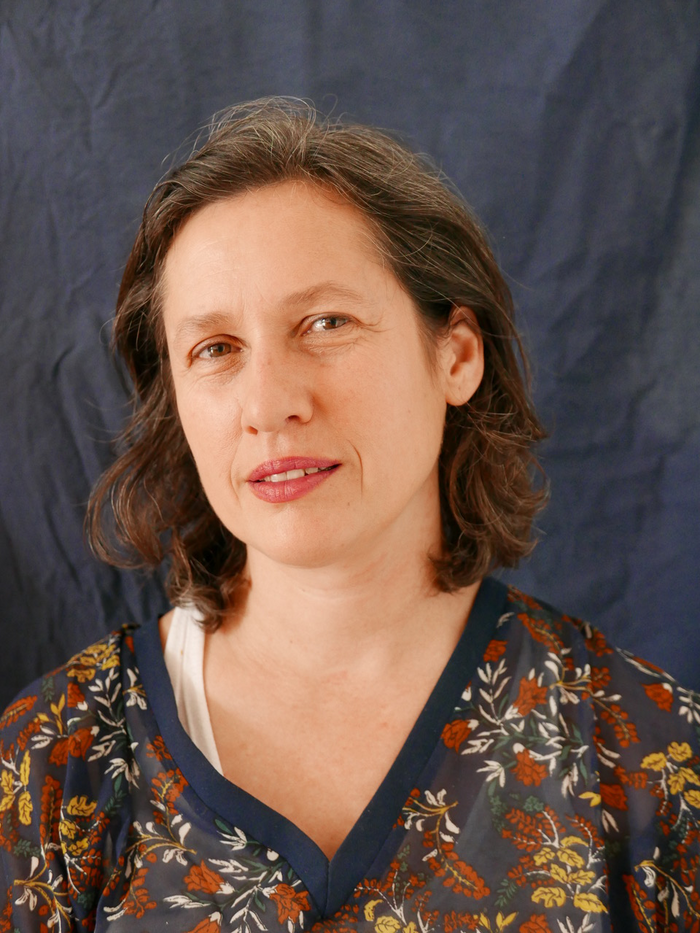
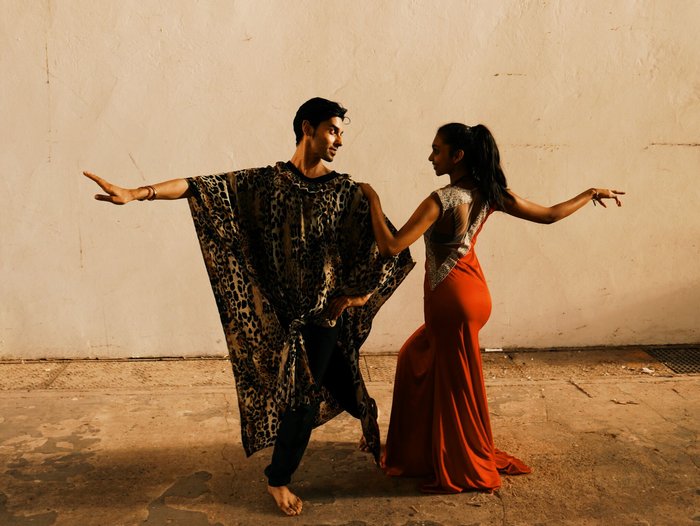
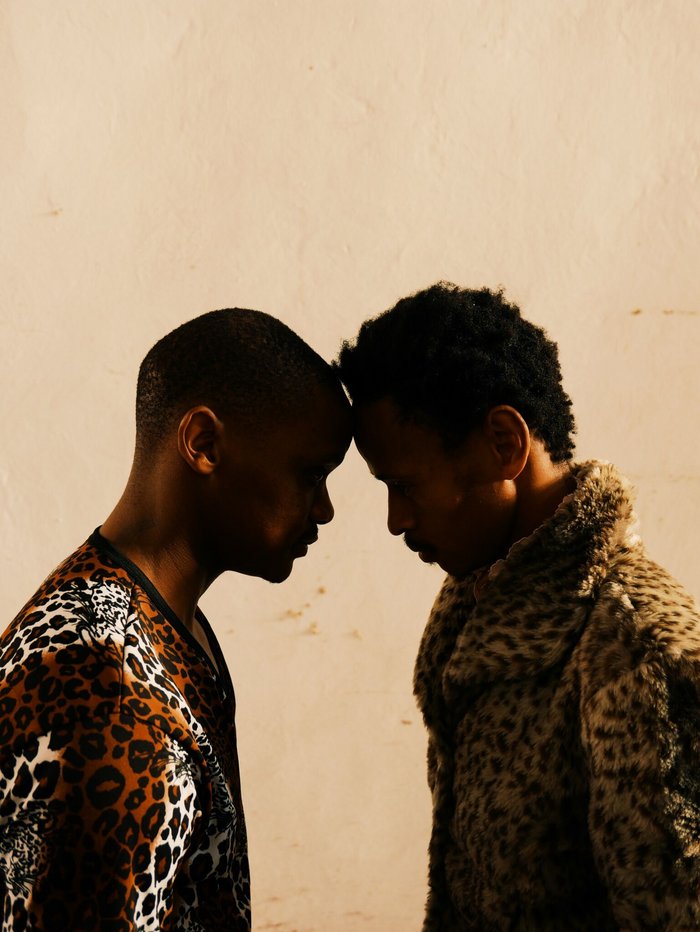
VS: There’s a political process going on about a possible Tanzhaus in Berlin. You are known for being able to create works for bigger stages, which also require more resources. Do you look forward to a venue that would be dedicated to dance? If so, what are your expectations and needs for it?
CM: I look forward to dance having a better place in the city, aside from HAU Hebbel am Ufer, Sophiensæle, Dock 11 Berlin and us at Verlin, who do a lot for the dance scene each within their range of possibilities. In terms of continuity of ensemble and theatre: there are countless smaller towns in Germany that have a theatre with a dance and theatre ensemble. In Berlin there are five theatre ensembles in houses and no dance ensemble in any of them. Wouldn’t it be ideal (and very difficult for now), to have dance ensembles in at least three of them? Where they could show their work in repertoire, having the fantastic conditions of a state theatre with a longterm commitment?
There definitely needs to be a perspective of growth, and this is very hard for some artists as long as the dance juries in Berlin are always the same people. In my opinion this is a big problem for many artists, including myself. And on the other hand, there’s almost no place for dance in larger institutions. A theatre dedicated to dance should accommodate quite a bit and have a range of different spaces for differently scaled works, in order to fulfil the needs of independent groups as well as of permanent ensembles. It would also be necessary to be a real production house, with studios, a costume department, a full technical crew and a production office.
Hopefully, dance will gain more visibility, so that dancers and choreographers will benefit from stable working conditions – the sooner the better.
VS: Some audience members find contemporary dance challenging: your signature style is very open and accessible. Do you think of the audience when you create your work?
CM: No, I don’t. But I always work with quite concrete ideas, I like to be able to communicate at some level, consciously or not. To achieve this in dance without drifting into pantomime is very challenging. I work with multilayer meanings and associations, and I think different members of the audience perceive variable things. This might be the reason why my work feels accessible to very different audiences.
Our audience is very diverse, and having performed all over the world in all kinds of venues I still can’t define it. Sometimes we do shows in our small venue called Verlin, and the majority of the audience is over 50, and next day they’re all under 30. Similar things have happened to us in theatres.
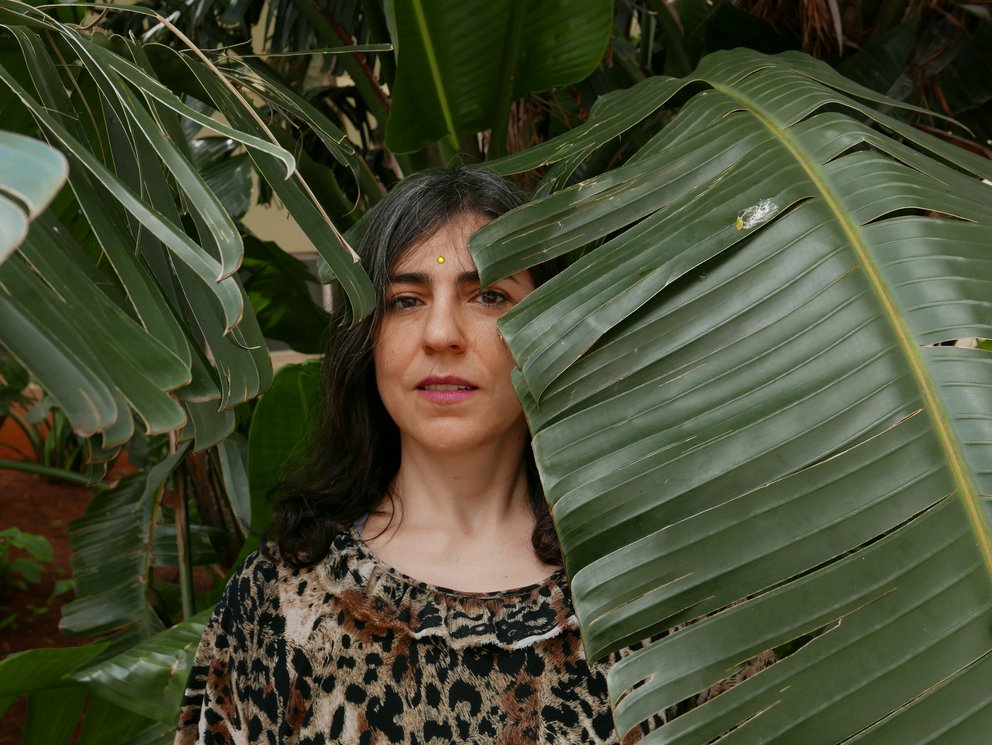
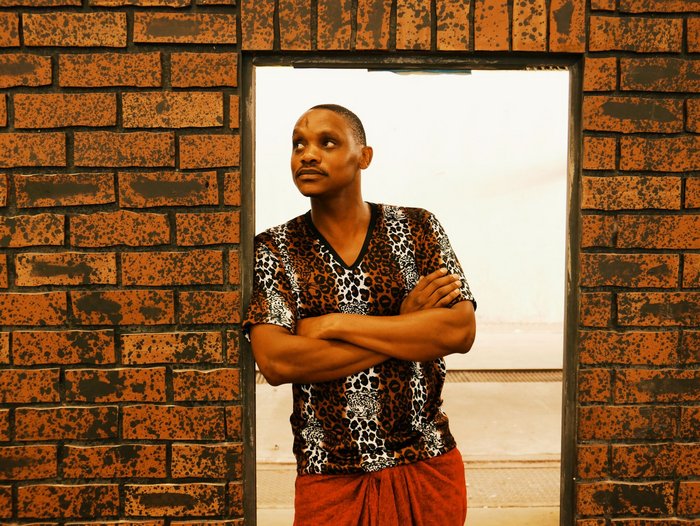
VS: What gave you the idea for your new piece “Chatsworth”?
CM: I find it very attractive to talk about migration, and how incredibly normal this has been for centuries. Nowadays, it has become an oddity. The Indian community in Durban is the largest outside of India. The first immigrants came as indentured workers in 1860 during British rule, and after 100 years of living in South Africa they were displaced during apartheid to two townships: Chatsworth and Fenix.
In “Chatsworth” I’m interested in revealing the diverse ways that the India diaspora has found to relate to the multifaceted intersections of multiculturalism, spatial segregation and voluntary seclusion.
South African Indians have emulated the norms, values and customs of their inherited culture, remaining almost reactionary in a way, but inevitably assuming a South African Indian identity. Indian dance and film are hugely popular, dance has a very big place in society. It is in fact one of the main identity anchors. If you define identity in these ways, the resilience and resourcefulness of the Indian community in South Africa is a great mirror for reflecting on mobility and emigration in Europe nowadays in the face of growing right-wing extremist parties all over the continent.
